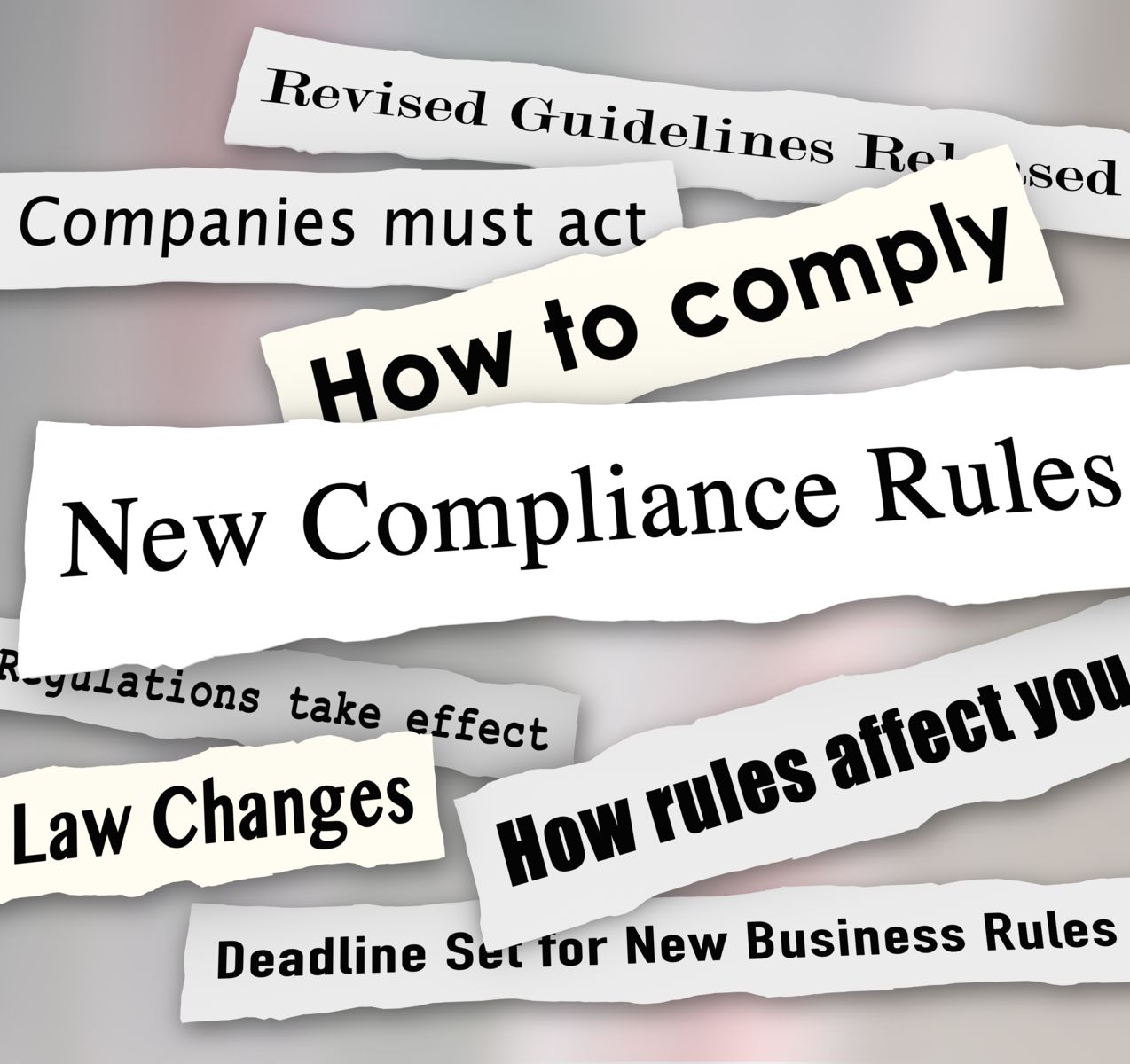Blog
CT Public Act Regarding Mandatory Retirement Savings Plans for Employees Springs Into Effect
In 2016, the Connecticut Legislature enacted Public Act 16-29, titled “An Act Creating the Connecticut Retirement Security Program (“the Act”). The Act created the Connecticut Retirement Security Authority (“CRSA”), the authoritative body responsible for subsequently creating “MyCTSavings,” a retirement savings program to assist an estimated 600,000 private-sector employees who do not have access to a qualified retirement savings plan at work. Although the program was set to take effect in 2018, the CRSA delayed the effective date due to existing complications for eligible employers and the impact of COVID-19. After launching a successful pilot program in 2021, the CRSA issued a new effective date of April 1, 2022. This program has or will affect most Connecticut employers and employees, so here is what you need to know.
All “qualified” employers, whether for profit or not for profit, are required to facilitate MyCTSavings program for eligible employees. An employer is qualified if they:
- Employ 5 or more employees who work in the State of Connecticut (including family members, seasonal workers, etc.); and
- Paid at least 5 employees $5,000 or more in the calendar year.
However, a qualified employer is exempt from participation if they:
- Currently provide a qualified, employer-sponsored retirement savings plan;
- Were not in existence at all times during the current and preceding calendar years; or
- Employ only individuals whose services are excluded under unemployment compensation law.
Qualified, employer-sponsored retirement savings plans are any plans qualified under Internal Revenue Code section 401(a), including a 401(k), qualified annuity plans 403(a), tax-sheltered annuity plans 403(b), Simplified Employee Pension plans 408(k), SIMPLE IRA plans 408(p), or government deferred compensation plans 457(b), not including any payroll deduction IRAs. This exemption still applies to employers who offer qualified plans to some, but not all, of their employees.
“Eligible employees” for the MyCTSavings program include individuals who:
- Have tax verifiable Individual Taxpayer Identification Number (ITIN) or Social Security Number (SSN);
- Are 19 years of age or older;
- Have been employed with the employer for at least 120 days;
- Perform services within the State of Connecticut; and
- Do not perform services excluded from coverage under the Act and the Unemployment Compensation Act (including family members, governmental employees, student workers, etc.).
At this time, MyCTSavings does not apply to self-employed individuals. However, if someone is a business owner and also considered an employee for tax purposes, then that individual is eligible to participate, assuming the employer is also qualified. Under the Act, employees are solely responsible for determining their own eligibility.
As of April 1, 2022, the CRSA opened MyCTSavings registration to all qualified employers. In doing so, the CRSA set the following deadlines for qualified employers to enroll based on company size, as follows:
- Employers with 100 or more employees: June 30, 2022;
- Employers with 26-99 employees: October 21, 2022; and
- Employers with 5-25 employees: March 30, 2023.
The CRSA must notify employers when their applicable registration deadline is approaching. Upon receipt, there are a few specific steps an employer must follow to avoid penalties. Once an employer receives official registration notice, they must either file an exemption or register their business online within 30 days of receipt. The following information is necessary for an employer to complete registration and employee enrollment:
- The employer’s EIN and Access Code (which will be sent via mail or email);
- The employer’s payroll provider’s name and your company’s payroll schedule(s);
- The employer’s bank information for payments; and
- The employer’s latest employee roster and accompanying personal information (employee name, contact info, date of birth, SSN, etc.).
Simultaneously with enrollment, an employer must distribute program informational materials to each employee. Thereafter, the employee has 30 days to opt out of the program from the date of enrollment. Upon the expiration of those 30 days, the employer must update its payroll system with employees’ deferral savings rates and submit employee contribution amounts with the next payroll. If an employee did not elect to opt out of the program, they will be automatically enrolled. Once complete, the employer’s only continuing responsibility is to submit contributions, maintain employee deferral changes, and keep their employee roster up to date. An employer is not permitted to contribute to an employee’s plan in any way. Nor are contributions reported on an employee’s W2s because the program is structured as a payroll deduction IRA, not as a traditional retirement plan. There are no costs or fees to the employer associated with these responsibilities.
An employer may incur civil penalties for any noncompliance with program requirements. The CRSA has yet to release what these penalties could be, but other states have similar programs with penalties ranging anywhere from $100-$500 fines per person for noncompliance that extends beyond 90 days to 1 year. Some states have annual caps on fine amounts, while others do not. Even in the absence of deferred penalties, we recommend all our Connecticut employer clients comply with MyCTSavings’ simple requirements rather than face unknown repercussions.
